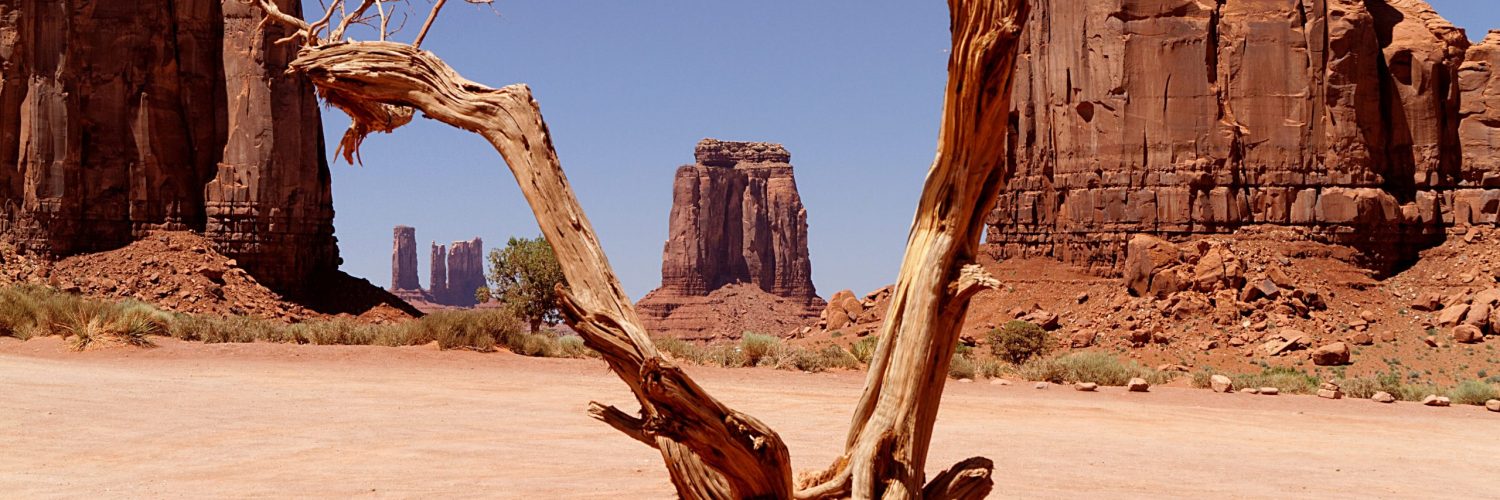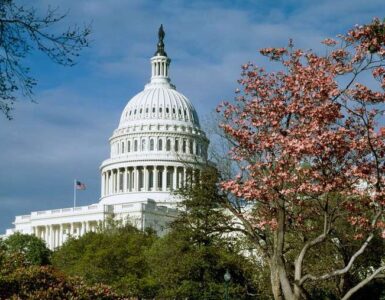Whether rich, poor, cold or hot, every region’s economy will be affected by climate change, indicates research from institutions like the National Bureau of Economic Research and the World Bank Group.
In Arizona, technology, research and public-private collaborations already are helping to mitigate the impacts here. Still, the quest to protect the state’s quality of life under the scorch of record breaking heat, drought and increasing wildfires is a constant chore.
Last week, a slate of experts in Tucson offered up recommendations on how Arizona can rise above the heat to keep the economy and the environment thriving.
They spoke at a virtual event, Climate and Arizona’s Future: A Conversation About the Nexus Between Environment, Economy, and Innovation. The event was sponsored by the University of Arizona’s Water Resources Research Center (WRRC), the Southern Arizona Leadership Council (SALC), and Biosphere 2.
No-growth mentality not realistic
A no-growth mentality is not the answer, the panelists said. Smart growth is.

“The truth of the matter is that people are coming,” said Ted Maxwell, president and CEO of SALC, a group of more than 140 CEOs and business and community leaders actively working to create a vibrant future for the Tucson region and the state.
New industries and residents provide the jobs and tax revenues that make quality of life possible, said Maxwell, who added that Pima County is now home to about 1.1 million residents.
“People coming here are going to be driven by two things: the economy and the social and natural environment. That’s not going to go away. We just have to figure out how to preserve it.”


Sharon Megdal, director of the University of Arizona’s Water Resources Center, and Joaquin Ruiz, vice president of the university’s Global Environmental Futures and the director of Biosphere 2, also were featured speakers at the event.
Here are three of their key recommendations for moving forward:
- Communicate to the world that Tucson is a hotbed of innovation
Other cities have made a name for themselves in specific areas that attracts not only big industry but startups as well. Tucson could do the same, Ruiz said.
San Diego is known for biotechnology, Silicon Valley for digital technology and Fort Collins, Colorado for energy. All are reaping investment for their communities, he said.
University of Arizona in Tucson already has a reputation for top rankings in environmental and sustainable research in areas like water management, controlled agriculture, and green technologies.
“Like Fort Collins is the innovation capital for energy solutions for the future because of the relationships of the university with its city, we should become the innovation capital for solutions of global climate change and semi arid environments,” Ruiz said.
Dialogue is needed to create task forces and networks to attract industries and startups that are interested in global climate change technologies and solutions for semi-urban environments, he said.
2. Public-private partnerships and a stronger voice in Congress
Over the past decade or so, the business community has become much more involved in sustainability with public partners. But to make it successful, it takes investment on both parts, Maxwell said.
“Public-private partnerships are going to play a big factor in the future because for all this technology, for all the innovation and for all the research, it’s going to require investments,” Maxwell said.
Right now, other, bigger states like California are pulling in a large share of dollars, he said.
The new U.S. Census count could help. There may be enough new residents in the new count to earn another congressional seat, he said. A larger voice in Congress would help Arizona better compete for public investment in research and development.
3. Leave no stakeholder behind
All stakeholders must be included in the process.
Arizona, long a leading state in water management and technology, has shown it can bring a diverse group of players together to tackle water challenges, Megdal said.
One example is the historic agreement hammered out last year to protect Arizona’s share of the Colorado River. The deal involved changes to a seven-state-and Mexico agreement, called the Drought Contingency Plan (DCP).
An update was needed earlier than projected because of a relentless drought shrinking the mighty Colorado. The updated DCP requires states and water suppliers to “bank” water in Lake Mead where Arizona’s share of the river supplies are stored.
It took a buy-in from water stakeholders statewide. Tribes, cities, water companies, farmers, legislators, nonprofits and industry were all at the table to make it happen, Megdal said.
It wasn’t easy, but it worked. Last month, state water leaders reported that Arizona’s river supplies should remain stable for the next two years and likely beyond because of the DCP.
“Fundamentally, it’s going to come down to the people part; having the people work together to accept, adopt and recognize the solution set that will help us go forward,” Megdal said.
To hear more of their discussion, view the entire event at: Climate and Arizona’s Future
















Add comment